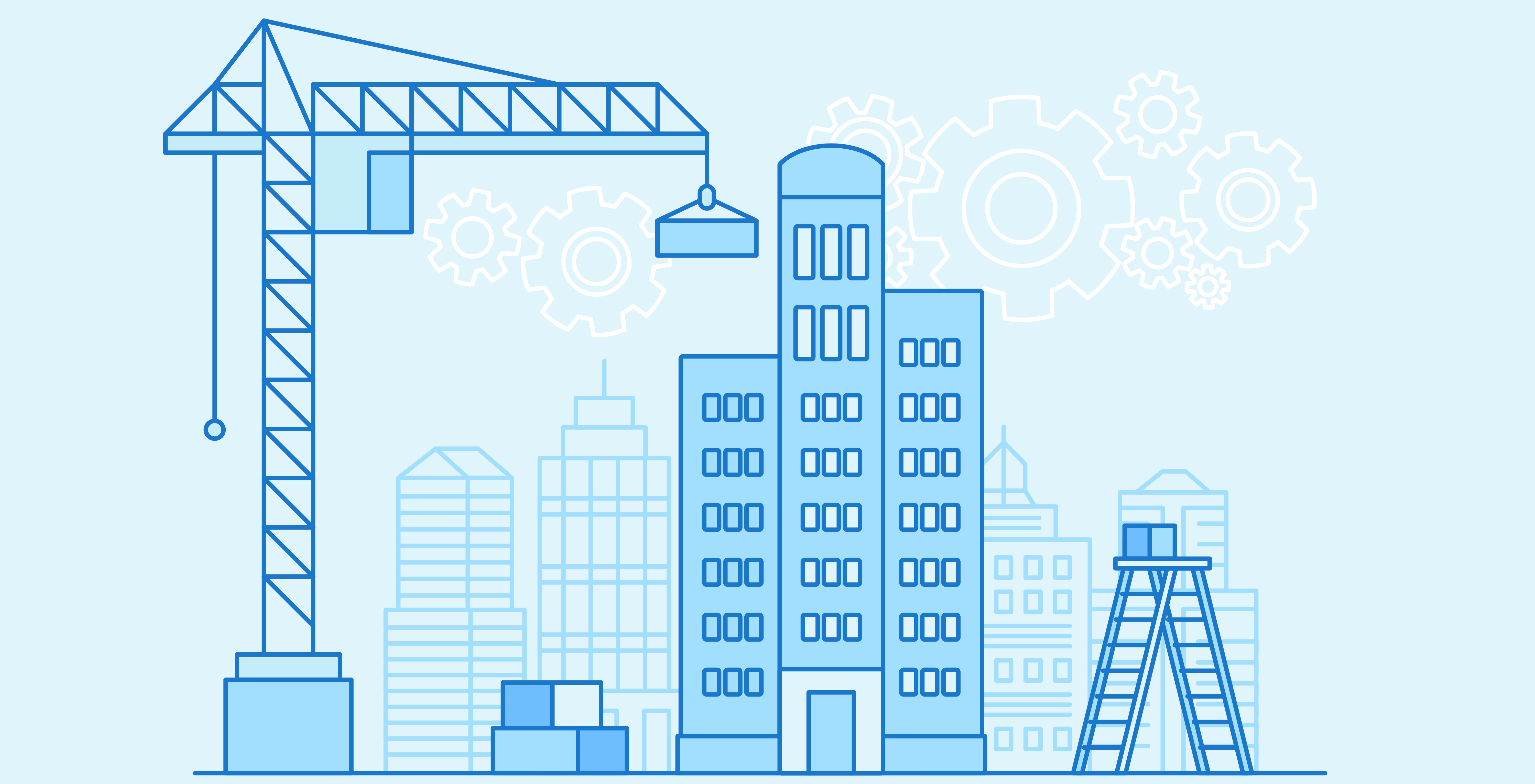
<p>Photo by venimo / Getty Images.</p>
With divided government in 2019, we shouldn’t expect much new at the federal level in community development this year. But there are still several trends to watch for. We highlight five.
1. Opportunity Zones will take effect in force
No surprise here. Opportunity Zones were the big community development story in 2018 and will continue to be in 2019. Proposed regulations should be finalized this year, creating more confidence for investors. Opportunity Funds are already being set up, and investment volumes will grow rapidly.
But because of variation in the economic standing of Opportunity Zones, the incentive’s effect will likely vary. Some weak-market Opportunity Zones can expect no or little new investment because of the incentive. In Opportunity Zones that are already attractive to investors, especially those likely to gentrify, investment levels will be appreciably higher. This is because one of the three benefits for investors from Opportunity Zones—the permanent exclusion of taxes on new gains when their investment is held for 10 years—is a generous subsidy but only where investments appreciate in value.
Disclosure requirements will also be worth watching. It is important for the Internal Revenue Service to require transaction-level reporting on Opportunity Fund investments and to make detailed data available to help local governments and stakeholders track the program’s progress and find ways to improve it.
2. Geographic winners and losers continue to solidify
Amazon’s process of opening a new headquarters got the most attention, but Google, Microsoft, Apple, and Salesforce also made recent decisions to move jobs to new metropolitan areas. Leaving the Bay Area might make it appear that tech profits will be more broadly distributed, but leading firms are actually reinforcing a broader trend of concentrating wealth in a dozen or more large metro areas, with many parts of the country falling behind.
Compare, for example, Amazon’s decision to move into Long Island City, New York, and Arlington, Virginia, with General Motors’ announcement that it would soon close a plant in Youngstown, Ohio, putting 1,500 people out of work in addition to the 3,000 autoworkers already laid off. Youngstown’s population peaked in 1930 and has lost ground ever since, dropping 21 percent since 2000.
The concentration of jobs and wealth in a few metro areas is concerning for the strength of our nation’s economy and democracy, as smaller communities may continue to dwindle in population, opportunity, and quality of life. Local efforts can help, but addressing these challenges will require federal commitments we have not seen in decades.
3. Alternative ownership structures raise opportunities
Alternative ownership structures are gaining prominence in policy circles, even if the enterprises themselves face challenges in growing. In an economy where business start-ups are at all-time lows and income inequality is at a modern high, co-op businesses offer alternatives to traditional shareholder- or proprietor-owned business structures. Expect more policy and philanthropic interest in co-ops in the year ahead, especially among worker cooperatives.
Co-ops are important in housing as well—including both high-end housing and affordable shared ownership, like what ROC USA does with mobile home parks. But other models of shared ownership are growing, too. Community land trusts (CLTs), like DC’s new Douglass CLT, are getting attention in new ways.
For example, a recent survey of hospital CEOs shows respondents were interested in supporting CLTs. In a CLT, a nonprofit corporation buys or holds land and makes that land available for development that aims to improve the community while preserving access in communities undergoing rapid economic change. This model, among others, can help community anchor institutions like hospitals, churches, or universities take an even more active role in leveraging their land for community development in 2019.
4. Climate change will bring new disasters and the need for new funds
Natural disasters of increasing severity will continue to pose a threat in 2019, even while the recovery from 2018’s hurricanes and wildfires remains unfinished. We anticipate that more states and localities will emphasize preparedness, and even the federal government will start to do better, rather than continuing to focus so heavily on recovery after disasters strike.
Yet, most federal disaster funds will still go toward recovery—for example, via the Community Development Block Grant program. There will be continued need to help communities build back in ways that are more resilient to future disasters and that take advantage of federal disaster funding—one of the few new, large federal supports available.
5. Reimagining public assets can boost safety and connectedness
Communities are also regaining an appreciation for public assets. Broadening from a purely economic lens, cities and counties will continue to rely on and repurpose their public assets—like parks, libraries, schools, and community organizations—to bring people together. “Creative placemaking” can build new economic bridges across communities while reducing the divisions that can jeopardize public safety.
These placemaking efforts also offer opportunities for residents to contribute to the reshaping of their community’s places and spaces. In this way, placemaking activities are the connective tissue that brings together resources, capital, and actors to focus on revitalizing public assets.
Let’s build a future where everyone, everywhere has the opportunity and power to thrive
Urban is more determined than ever to partner with changemakers to unlock opportunities that give people across the country a fair shot at reaching their fullest potential. Invest in Urban to power this type of work.